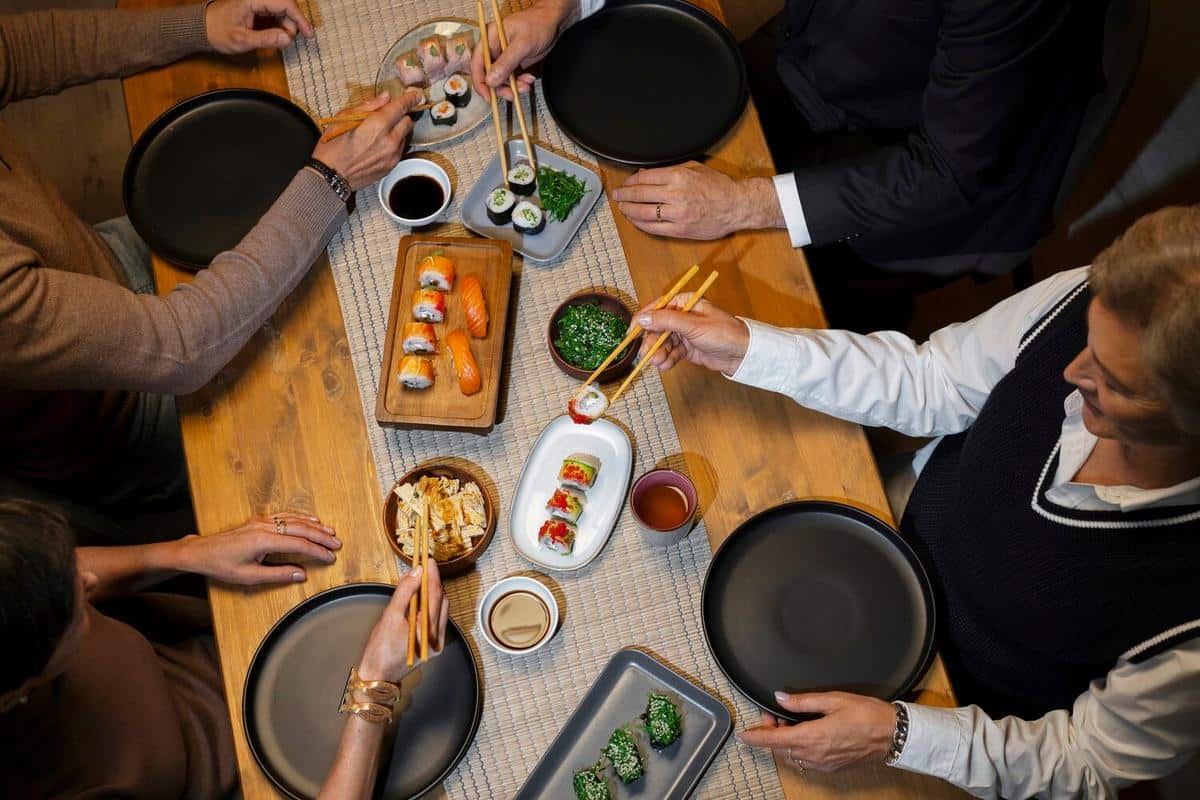
Japanese Cuisine: Beyond Sushi and Ramen
When one thinks of Japanese cuisine, sushi and ramen often come to mind as the quintessential dishes. However, Japanese culinary art extends far beyond these popular staples, offering a rich variety of flavors and textures that are worth exploring.
Japanese cuisine is a tapestry of culinary delights that reflect the country’s diverse landscapes and cultural heritage. From the mountainous regions to coastal areas, each locale contributes unique ingredients and traditional dishes to the overall culinary scene. Let’s delve deeper into some of these lesser-known yet equally fascinating aspects of Japanese food culture.
Exploring Regional Delicacies
Japan boasts a remarkable array of regional specialties. For instance, in Osaka, okonomiyaki—a savory pancake filled with cabbage, meat, and seafood—is a must-try. Meanwhile, the island of Okinawa is renowned for goya champuru, a stir-fry featuring bitter melon and tofu. These dishes highlight the inventive use of local produce and seasonings.
Expert Insight
According to food historian Naomi Moriyama, “Japanese cuisine emphasizes balance and harmony, not just in flavors but also in the nutritional value of each meal.”
Fermentation: The Heart of Japanese Flavors
Fermented foods play a pivotal role in Japanese cuisine. Miso, a fermented soybean paste, is a staple ingredient used in soups and marinades. Additionally, natto, fermented soybeans, are celebrated for their health benefits, including high protein content and probiotics.
| Dish | Region | Main Ingredients |
|---|---|---|
| Okonomiyaki | Osaka | Flour, cabbage, pork, seafood |
| Goya Champuru | Okinawa | Bitter melon, tofu, pork |
| Miso Soup | Nationwide | Miso paste, tofu, seaweed |
| Natto | Nationwide | Fermented soybeans |
| Takoyaki | Osaka | Flour, octopus, ginger |
| Hida Beef | Gifu | Beef |
| Soba | Nagano | Buckwheat noodles |
| Sukiyaki | Nationwide | Beef, tofu, vegetables |
Pro Tip for Japanese Cooking
FAQs on Japanese Cuisine
Frequently Asked Questions
What is the significance of umami in Japanese cuisine?
Umami, often referred to as the fifth taste, is a savory flavor that enhances the deliciousness of food. It is a key component in many Japanese dishes, achieved through ingredients like soy sauce, miso, and seaweed.
Are there vegetarian options in Japanese cuisine?
Yes, Japanese cuisine offers a variety of vegetarian options, such as vegetable tempura, tofu dishes, and miso soup with seaweed and mushrooms.
Japanese cuisine is a reflection of the country’s rich cultural tapestry and natural bounty. By exploring beyond sushi and ramen, food enthusiasts can discover a world of flavors that are both delicious and nutritious. Whether you’re cooking at home or dining out, embracing these diverse dishes will offer a deeper appreciation of Japan’s culinary heritage.


